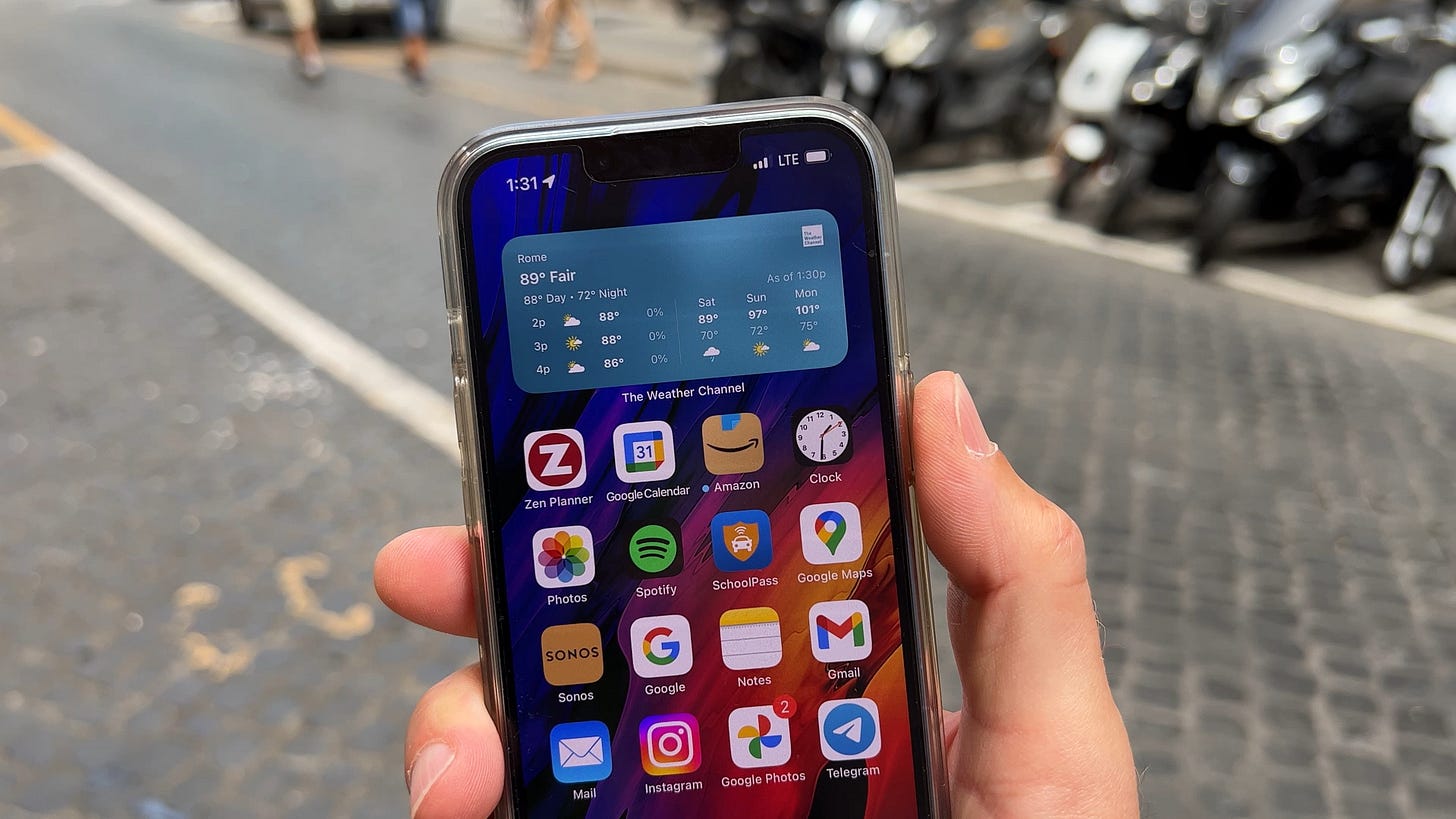Traveling internationally? Here’s how to avoid roaming fees
How to avoid roaming charges while traveling abroad
So you’re headed overseas… and you don’t want to rack up roaming charges. Here are my tips to stay connected—without coming home to a big bill.
Stick with your current plan
The easiest option? Keep your current wireless plan. Most major carriers offer international day passes so you can keep your number and data plan while abroad.
• AT&T: $12/day for International Day Pass
• Verizon: $12/day with TravelPass
• T-Mobile: Many plans include international roaming at no extra charge. For faster speeds, it’s $5/day.
Some plans even include a few free roaming days, making this option ideal for short trips. My advice: call your carrier and see if you have “banked” any travel days!
Even virtual carriers are jumping in—Visible, Mint Mobile, and Google Fi now offer international features on select plans.
Use an eSIM
A great alternative is to install an eSIM. These are digital SIM cards you can download right from your phone—no swapping required.
They’re usually way more cost-effective than daily roaming charges. Just keep in mind: if your phone is locked to your carrier, you may not be able to use an eSIM.
Does your phone support eSIMs? If you have an iPhone XR, XS, or newer—or a Samsung Galaxy S20 or later—you’re good to go.
I’ve tested eSIMs from Airalo and GigSky—GigSky even offers a free 100MB plan (though you’ll burn through that quickly). Another one gaining popularity is Saily.
Most eSIMs are data only, so before you leave the U.S., make sure Wi-Fi calling and texting are enabled in your phone’s settings.
Pro tip: If you’re using something other than your main carrier, turn off traditional roaming to avoid unexpected charges.
Go old school: Wi-Fi only
Looking for the cheapest route? Put your phone in airplane mode, turn Wi-Fi back on, and hunt for hotspots.
An app like WiFi Map can help you find free networks nearby—even showing passwords and expected speeds.
You should still be able to use iMessage or Google Messages as long as Wi-Fi Calling and Texting is enabled. If not, apps like WhatsApp are a solid backup for calls, video chats, and messages—just make sure your key contacts are using them too.
No matter which route you choose, turn off automatic backups and uploads in apps that use lots of data—like cloud storage or photo backups. Set those to Wi-Fi only, so they don’t gobble up your plan while you’re away.
Bonus tip: Download offline maps in Google Maps or Apple Maps for the city you’re visiting—so you can navigate even without a cell signal or Wi-Fi.


